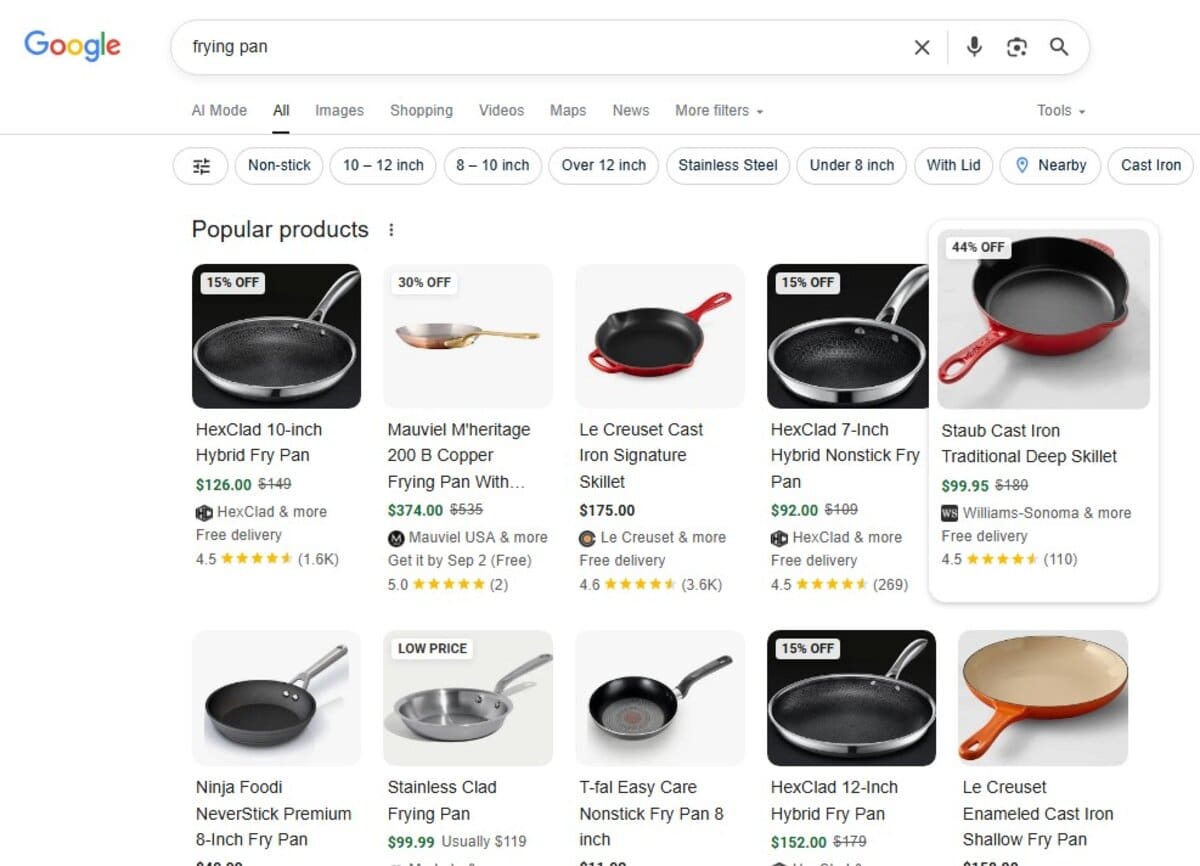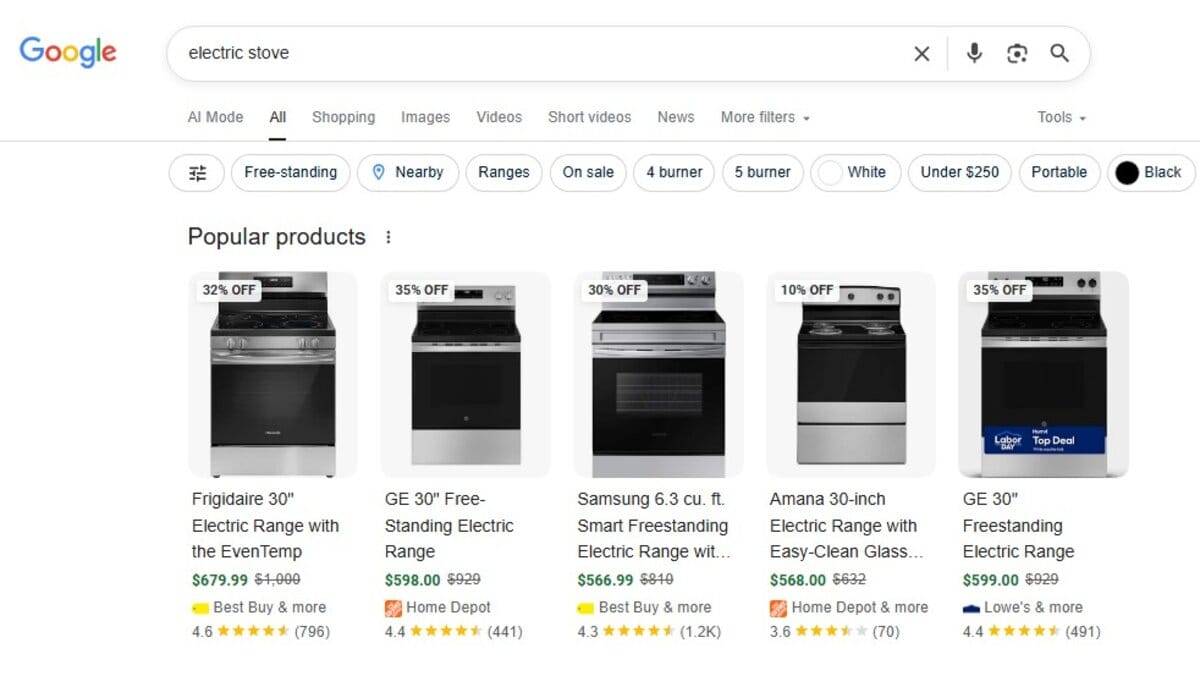SEO and pay-per-click advertising (PPC) both have their own power plays in the digital marketing arena. SEO lays the groundwork for organic discovery, while PPC slings targeted ads to primespot audiences. Individually, they’re formidable. But the real magic happens when you let them tango together.
Think of SEO as planting perennial flowers—slow to bloom but lasting. PPC is like lighting sparklers: instant dazzle, but fleeting. Marrying the two gives you the sticky, long-term credibility of organic search plus the explosive visibility of paid ads. Ready to see how these two can drive each other forward? Let’s dive in.
The Basics: What Makes SEO and PPC Tick
Before we get cozy with combo tactics, let’s acknowledge their unique strengths and quirks.
- SEO shines when you optimize site speed, tighten mobile responsiveness, and craft rich, authoritative content that answers real questions.
- PPC? It’s about bidding on exact-match keywords, crafting irresistible ad copy, and dialing targeting to the neighborhood or device that yields the best ROI.
In short, SEO builds trust brick by brick, while PPC blasts your message to the front of search results. Neither one is a silver bullet by itself—together, they’re a one-two punch.
How Keywords Drive Your PPC Auction
Ever wonder why certain ads pop up the instant you hit “search”? Welcome to the Ad Auction—a digital bidding war where your chosen trigger terms (AKA keywords) duke it out for prime placement.
Say you sell cooking equipment. You might decide to bid on “frying pan” or “electric stove.”


The moment someone types those words, the auction’s lightning-fast algorithms crunch your bid, your ad’s quality score, and a ton of other signals to decide whose ad lands in the spotlight.
But here’s the catch: each click chips away at your budget. Bid on vague or irrelevant terms, and you’ll bleed money on clicks that go nowhere. Instead, zero in on the keywords that match your product and your customer’s mindset. Pro tip: lean on a solid keyword research tool—it’s like having a treasure map that pinpoints phrases likely to drive real sales without draining your wallet.
Optimizing Your Pay-Per-Click Ads
PPC can feel like a magic traffic faucet—turn it on, and the clicks pour in. But dialing in cost-effectiveness takes more than just money behind a keyword. Consider these levers:
- Laser-focused keyword relevance – Are those the exact terms your target buyer uses when they’re ready to purchase?
- Quality of your ads and landing pages – Google rewards stellar experiences. A healthy click-through rate (CTR) signals your ad resonates, and it slashes your cost per click.
- Rock-solid account structure – Imagine a rickety shack versus a fortress. A well-structured campaign keeps everything organized, budgets on track, and optimizations straightforward.
Good PPC is a balancing act of data-driven tweaks and creative finesse. Keep fine-tuning your keyword lineup, polishing your ad copy, and fortifying your account framework—and you’ll turn clicks into conversions without watching your budget leak away.
Why You’ll Actually Want to Mix Organic and Paid
Ever found yourself splurging on ads that feel disconnected from your site’s voice? Or agonizing over SEO keyword data that takes forever to move the needle? I get it. That’s why integrating your paid and organic channels feels less like juggling and more like conducting an orchestra.
At the top of the funnel, SEO nurtures curious browsers, gently coaxing them deeper. At the bottom, PPC plants a flag for ready-to-buy searchers. Bring them under one roof, and you get:
- Amplified keyword coverage.
- Faster visibility for newly targeted search terms.
- Consistent messaging across ads and organic listings.
- Smarter budget allocations based on real user behavior.
In my experience, the synergy isn’t just additive—it’s multiplicative. You’ll see SEO keywords driving down PPC costs and PPC click data sharpening your organic focus.
From PPC to Organic Growth
Let’s unpack some concrete ways PPC can feed into your SEO engine.
- Harvest Your High-Performing Ad Keywords
When a PPC campaign lights up with clicks and conversions, pause. Those keywords are ripe for organic content.
- Spin them into blog posts or landing pages.
- Tailor headings and on-page copy around those exact phrases.
- Keep an eye on search volume trends—some keywords will surprise you with unexpected spikes.
Isn’t it wild to realize that a paid ad can hand you tomorrow’s top-performing SEO topic?
- Mine Ad Copy for SEO Meta Descriptions
Chances are, you’ve spent hours A/B testing PPC headlines. Did you ever think those nuggets of persuasion could live on as your meta descriptions?
- Identify top-click ad snippets.
- Adapt them into concise, click-worthy meta tags.
- Observe how your organic CTR reacts.
This cross-pollination saves time and replicates the ad magic in your search listings.
- Fix UX Gaps with Landing Page Bounce Data
A persistent high bounce rate on a PPC landing page often signals friction—slow load times, confusing layouts, missing calls-to-action.
- Note problematic pages from your PPC dashboard.
- Implement quick SEO-driven fixes: compress images, rewrite confusing headers, restructure navigation.
- Measure whether organic engagement mirrors the bump in ad performance.
This isn’t guesswork: PPC gives you real-time diagnostics for site improvements.
- Refine Local SEO with Geo-Targeting Insights
If your PPC campaign shows certain ZIP codes sparking off the charts, lean into that in your local SEO blueprint.
- Create localized blog posts or service pages.
- Optimize Google My Business profiles for those hotspots.
- Embed region-specific keywords and testimonials.
Bet you didn’t expect geo-insights from PPC to unlock fresh organic traffic streams.
When SEO Supercharges Your PPC
The relationship runs both ways. SEO research can sharpen and economize your paid ads.
- Leverage Top-Ranking Organic Keywords
If you’re already on page one for certain keywords, they’re low-hanging fruit for PPC bids. That synergy often drives down your cost per click, while maintaining relevance. - Shape Ads with Proven SEO Content
Your blog posts, FAQs, and resource guides are treasure troves of UX-tested language. Use titles or subheads that garnered organic social shares as ad headlines, and watch conversion rates climb. - Navigate Competitive Gaps
Spotting keywords that are too crowded organically? Maybe they’re perfect for a PPC play. Don’t fight an uphill SEO battle; outbid instead, and loop back into your content plan once you’ve earned a foothold. - Zoom In on Local SEO Wins
Already owning Map Pack real estate? Amplify it with location-specific PPC ads. There’s a sort of psychological reinforcement when users see your brand twice on the same SERP—and that can skyrocket trust and clicks.
Taken together, these tactics form a feedback loop: SEO data informs PPC choices, and PPC performance refines your organic strategy.
Gauging Your Investment: Average Costs of SEO and PPC
Before we wrap up, let’s get real about budgets. Because, let’s face it, passion projects don’t keep the lights on—money does.
It’s critical to understand that the figures below are just averages. Your actual investment will vary wildly based on your industry, competitive landscape, location, business size, and the specific expertise of the agency or freelancer you hire. Think of these as a starting point for a conversation, not as a fixed price tag.
PPC: The Fast-Paced Investment
PPC tends to be a rolling commitment—you pay to play every single day. Your total PPC budget is composed of two main parts: the ad spend itself and a management fee.
- Average Ad Spend: According to recent market analysis, small to mid-sized businesses typically spend anywhere from $1,500 to $10,000 per month on ad spend. Highly competitive industries like legal or finance can see average Cost-Per-Click (CPC) rates that are significantly higher, requiring a larger budget to compete.
- Management Fees: This is what you pay the agency or freelancer to run the campaign. It’s often a percentage of your ad spend (typically 10-20%), a flat monthly fee (e.g., $1,500 – $5,000), or an hourly rate (ranging from $100 to $200+).
- ROI Snapshot: The return on investment for PPC can be fast and measurable. A common benchmark is an average ROI of $2 for every $1 spent, though this can vary drastically.
SEO: The Long-Term Play
SEO costs are a long-term investment, with higher initial costs for a comprehensive audit and setup, followed by a more consistent monthly fee for maintenance, content creation, and link building.
- Average Monthly Retainer: For professional SEO services, a monthly retainer often falls between $2,500 and $7,500. This can include a range of services from technical SEO fixes to content creation.
- Hourly Rates & Project Costs: For one-off projects like a full website audit or a content strategy, you might pay an hourly rate of $100 to $300+ or a project-based fee ranging from $5,000 to $30,000.
- ROI Snapshot: The ROI for SEO takes longer to materialize but is often much higher in the long run. While initial traffic and conversions may be slow, a well-executed SEO strategy can yield a powerful return over time, with many companies reporting a significantly higher average return ratio compared to PPC.
The Synergistic Budgeting Approach
There’s no magic number that fits everyone. The art lies in balancing your investment:
- Build your PPC budget around short-term sprints: Use it for fast visibility, immediate feedback on keywords, and agile optimizations to capture ready-to-buy traffic.
- Shape your SEO spend for the marathon: Focus on layering in technical fixes, consistent content creation, and authority-building over months (and even years) to build a sustainable, durable source of organic traffic.
Ultimately, tools like SEMrush or Ahrefs can be your budget X-ray, allowing you to peek at what your fiercest rivals are spending on PPC and what keywords they’re ranking for organically. Use that intel to sketch out your own monthly commitment. There is no one-size-fits-all, but by integrating insights from both paid and organic channels, you can make every dollar work harder and smarter.
Final Thoughts
Combining PPC and SEO feels like building a bridge between instant gratification and slow-burn credibility. Done right, you’re never left wondering, “Am I wasting budget?” or “Will this content ever rank?” Instead, you move forward with purpose, armed by insights from both sides.
I’ll be honest: this isn’t a “set it and forget it” endeavor. It requires coordination, regular check-ins, and a willingness to pivot. Sometimes the data contradicts because audiences evolve or competitors shift tactics. That happens. The key is to keep experimenting, keep measuring, and keep the conversation between your SEO and PPC teams alive.
So go ahead—let PPC light the path to new keywords, and let those same keywords blossom under SEO’s nurturing care. Watch the traffic grow, the engagement deepen, and the conversions follow suit.
Have you tried blending your paid and organic efforts? Drop a comment below with your biggest win—or your biggest surprise. And if you found this piece helpful, follow Outreach Bee on Facebook, X (Twitter), or LinkedIn for more gritty, real-world marketing insights.
Google Ads unveils Asset Studio Beta: AI-powered creative tools now live.
Sources:
- www.searchengineland.com/google-ads-seo-synergies-446808
- www.searchengineland.com/seo-vs-ppc-pros-cons-integrated-approach-274643



Why SEO Is Failing & What Industry Experts Say You Should Focus On Instead
A Complete Guide to the Ultimate SEO PowerSuite